I’ve delved into many a dungeon, in my years. Other than the real-world stuff of going around a local castle at night (long after it had closed for the day), I’ve sent adventurers into all sorts of virtual crypts and caves since I started playing games. I’ve slain skeletons and necromancers and dragons and (inevitably) giant spiders, and I’ve looted all sorts of treasures.
I can honestly say that it’s pretty rare for a trip into a dungeon to give my party’s holy knight a deviant sexual appetite that subsequently gets him banned from the local brothel, but that’s exactly what happened in Darkest Dungeon.
Darkest Dungeon is a roguelike/roguelite/roguelike-like/rougelike/I’ve completely lost track of this terminology and that amuses me, in which you send a brave party of four adventurers into the ruins of your estate to battle monsters. By the end of each little expedition they’re usually significantly less brave, having been horribly mindfucked by the darkness.
You control pretty much every aspect of the game that isn’t actively trying to murder you. Adventurers turn up in the village, and you add them to your roster. You set up their skill assignments and equip them, as well as using the proceeds from their questing to upgrade your village’s facilities, letting you make said adventurers stronger. When you want to send them on a quest you pick four heroes from your roster, sort them out into a party, and then hurl them – occasionally kicking and screaming – into whichever horror-filled part of the estate takes your fancy. And then they come back (or don’t) and you do it all over again.

Camping: something incredibly useful, which only occurs in really lengthy quests that are going to make you cry.
Dungeons themselves (of which there are three in Early Access: the estate’s Ruins, the thick forests of the Weald surrounding it, and the Warrens running deep beneath it) are randomly-generated mazes made up of corridors and rooms. Each space in a corridor might contain a trap, or a battle, or some form of possibly useful or possibly harmful treasure – like a chest which might be trapped, or a set of old books that might drive whoever reads them mad. And in Darkest Dungeon, it’s not if your adventurers go mad, but when.
Y’see, other than the omnipresent health bars, your adventurers also have Stress. Basically everything makes this go up. Monster gets a critical hit? Stress. Monster uses a particularly hideous attack, like a pigbeast vomiting on somebody? Stress. Walking through a dungeon? Stress. Which, in fairness, is pretty understandable. I’d get stressed out too if I was wandering some ancient ruin filled with death cultists.
Some things make Stress go down, like camping (if that particular quest allows it) or killing a monster, but the longer you spend in a dungeon the more it’s going to go up. And when it hits maximum, your adventurer suffers a bit of a mental crisis which might make them stronger… or might make them go a bit doolally.
For instance, that aforementioned Crusader of mine who got thrown out of a brothel? Well, I took him into a dungeon, he got stressed out, and rather than cracking under the pressure he rose to new heights, becoming Powerful. His attacks hit harder, and he’d regularly bolster the party’s morale by shouting about how they could overcome this, and that the light would protect them, and so on. And then there’s the tale of the Vestal.

The bar at the top indicates the light level. When things are well lit you get a bonus to Scouting (which might reveal things in surrounding rooms and corridors), less Stress, and more chance of surprising monsters. When it’s lower, monsters are more powerful and your heroes get stressed more easily, but you’ll also find better loot and inflict more crits. Swings and roundabouts.
The Vestal is a sort of warrior nun/priestess class, and this was the first adventure I’d sent her on since she turned up on my estate. She, uh… she cracked under the pressure after one too many cultists splashed his goblet on her habit, and no that’s not a euphemism.
Specifically, she gained the trait Masochistic. She started barging her way to the front of the party and freaking everybody out when they suffered an attack, by ranting about how good they looked covered in gore and how she wished it was her. Every time someone took an attack, she’d raise their Stress. She somehow survived that adventure, but that wasn’t the end of the ordeal.
The positive “breakdown” traits, like Powerful, disappear when you leave the dungeon – either in retreat or after finishing a quest. The negative ones don’t. Likewise, while an adventurer’s health returns to full on returning to town, their stress level doesn’t change. Sending someone into a dungeon two or three times in a row will make them crack.
Thankfully, you can give them time off by letting them chill out in town while another party of adventurers goes dungeon-delving. Let them cool off, and these bigger negative traits – like Masochistic – will vanish.
The problem is that everyone also has other traits. My Crusader? He’s a warrior of the light, so he does really well in dungeons when we’re stocked with torches and can keep the light level up, but he’s also a Kleptomaniac so he has a chance of filching any treasure we find for himself. That Vestal I mentioned? She’s a “Tippler”, which means she only loses stress by drinking in a pub.
So okay, fine. I’ll drop her off at the pub, take some other people adventuring, come back, and… oh for fuck’s sake. The Vestal had such a bad hangover that she’s now sworn off alcohol for life, and because she only loses stress by drinking, she now cannot lose stress in town. I had to take her to the Sanitarium to have them beat/electrocute/”therapise” one of those traits away, just so I could get her stress down again.
Let me recap: holy nun/priestess goes into dungeon, goes crazy, becomes a full-fledged pain-loving masochist, goes back to town, goes on a drinking binge, gets such a horrific hangover that she refuses to drink again, and then I locked her up in a sanitarium for awhile. Any RPG that lets me write that sentence is, quite honestly, an RPG I want to write about.
This is what adds the character to Darkest Dungeon – and it’s really good character, like when my Occultist lost his mind and started ranting about how everyone is a pathetic insect, or when my Bounty Hunter became Paranoid and refused to let us heal him for fear that we were trying to kill him – but you’d still have a pretty good dungeon spelunker without it. This comes down to the out-of-town shenanigans, and the battles.
Combat is position-based. Your party of four is arranged in a straight line, and which position they’re in dictates which attacks they can use. Obviously you want your Crusader up front, but some of the others are a bit more ambiguous; the Jester can either slash people up in the front rows, or sit in the back playing songs that buff stats. Different attacks can only hit different positions, so if a particularly threatening foe is near the back row of the enemy party, you might want to shuffle your own group around to take him out first.
If a hero goes down, then they’re dead and cannot be used anymore. You can try to flee from combat, and you can always flee from the dungeon… but abandoning your quest increases stress, because it’s a part of Darkest Dungeon and everything in Darkest Dungeon increases stress. It’s also never clear-cut as to whether you should flee or not, because it’s actually remarkably hard to kill your heroes.
When they’re reduced to 0 HP, they get into a near-death state. They can still act as normal, but any incoming attack has a chance of finishing them off for good… or it might just do nothing. If you heal them up a bit, then they have to go back into the near-death state before they can be killed off. I have survived one dungeon with every single party member at 0 HP because we got incredibly lucky in the last fight. It’s risky – particularly if you’ve got some high-level adventurers with good equipment and some decent traits – but it might just pay off. Or it might go horribly wrong.
The overwhelming vibe I get from things like this is XCOM. As with that game, you’re basically struggling to do the best you can while the odds are firmly stacked against you; you’re almost never going to be totally prepared, or completely happy with your group. Maybe your favourite party member’s stress is too high to risk sending him in with the group, or maybe you’ve lost all your cash and your best fighters and can’t purchase the supplies for your next trip, or maybe the first fight in a dungeon goes horribly wrong and sets the tone for a really nasty expedition.
Darkest Dungeon isn’t a game about succeeding so much as it’s a game about struggling. While your nun goes mad and starts cutting herself and listening to Linkin Park, obviously.
Pleasingly, this Early Access build is pretty easy to recommend, if it sounds at all appealing. There’ve been a couple of decent updates since it first went live (mostly stability, although I’m sure that a few more attack percentages are visible now) and the content in there is more than enough to keep you occupied for awhile. Sure, the last two areas are still locked off, but it doesn’t really feel like Early Access. I mean, I’m nowhere near strong enough to visit them anyway.
What I’m mostly looking forward to seeing, as Early Access goes on, is how the classes evolve. Right now I’m not at all convinced that the balance is right; some of the classes are tremendously helpful in basically any situation, while others are borderline useless. This may actually be a design decision (because there have been multiple situations when I’ve been forced to take along my worst party members) but I suspect a lot of the numbers are still being tweaked.
I’m still playing. I’m still being destroyed, and watching hilarious stories unfold as my adventurers go mad; I’m still trying to get myself into a condition to fight bosses, when I can barely handle a brief trip into the ruins. Bearing all of this in mind, I wouldn’t be surprised if – when it’s done – Darkest Dungeon turns out to be something really special. I mean, it’s pretty special already.









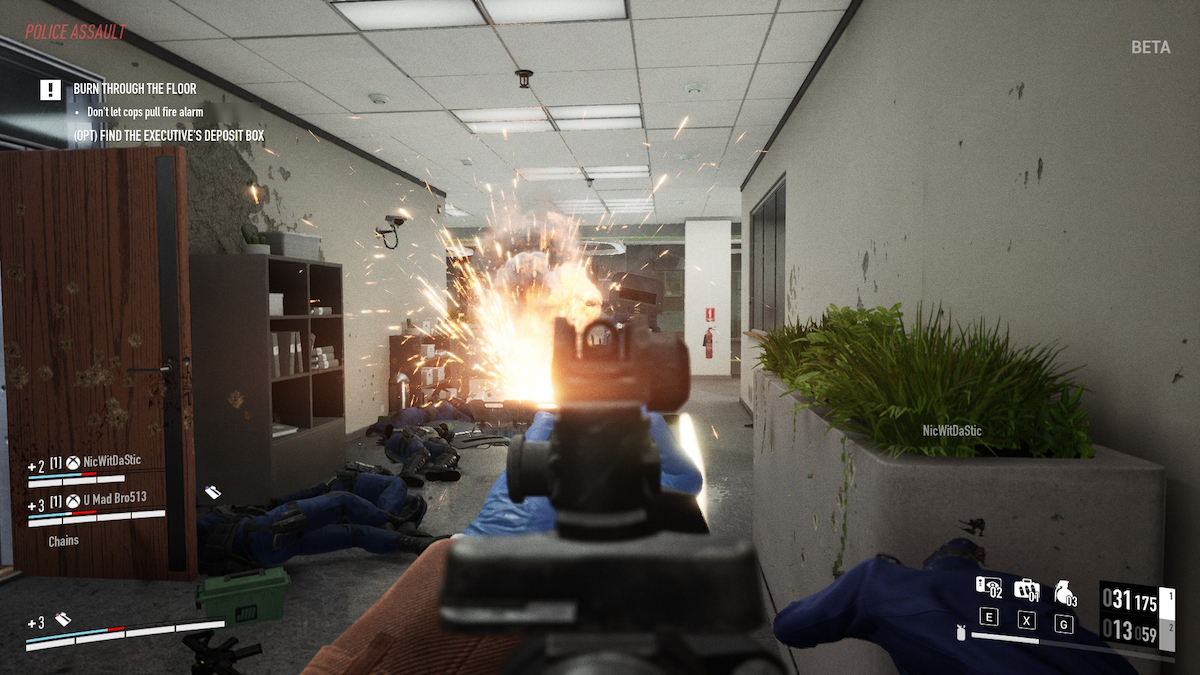
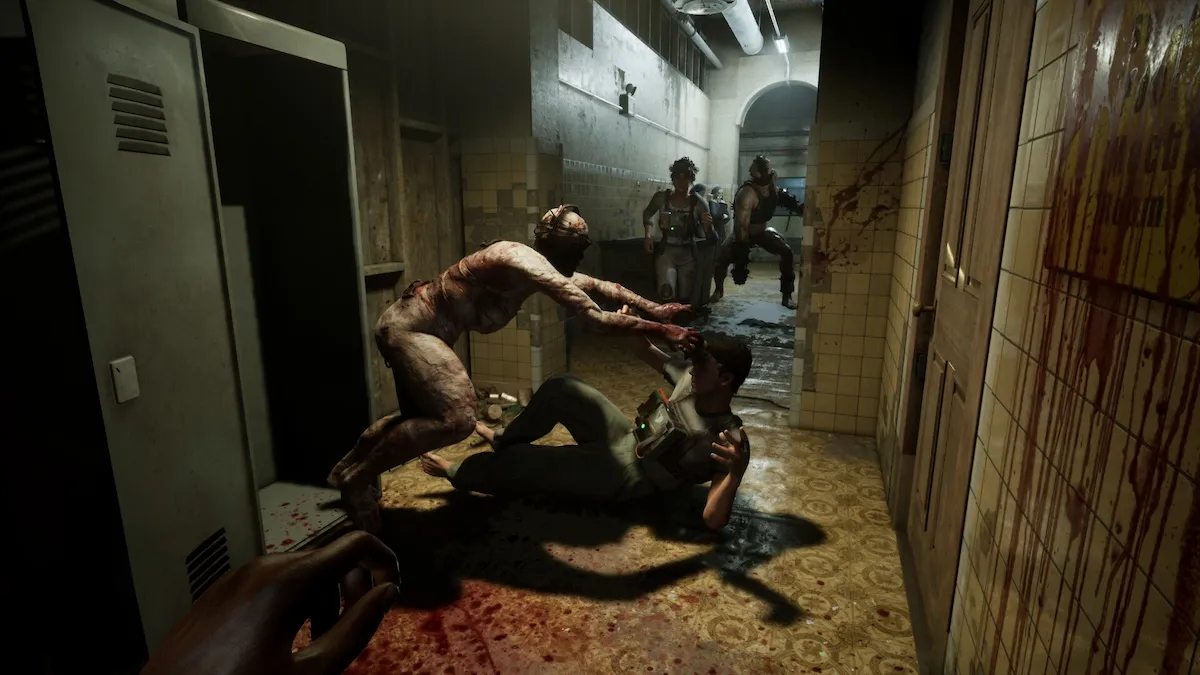
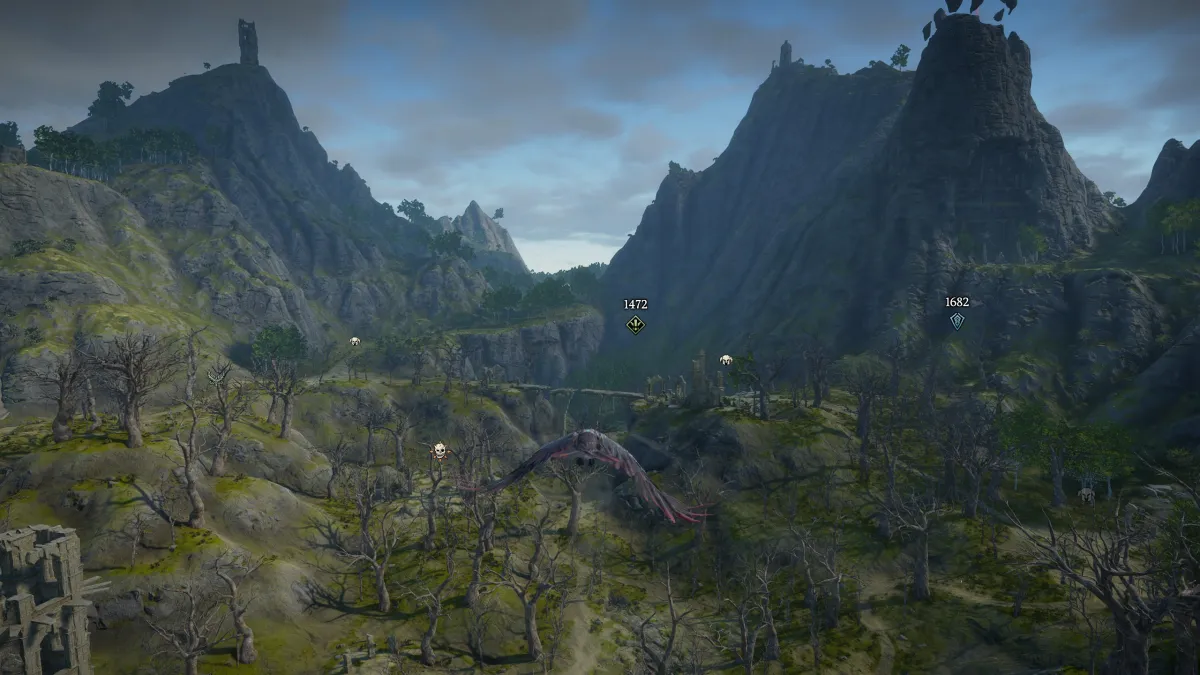
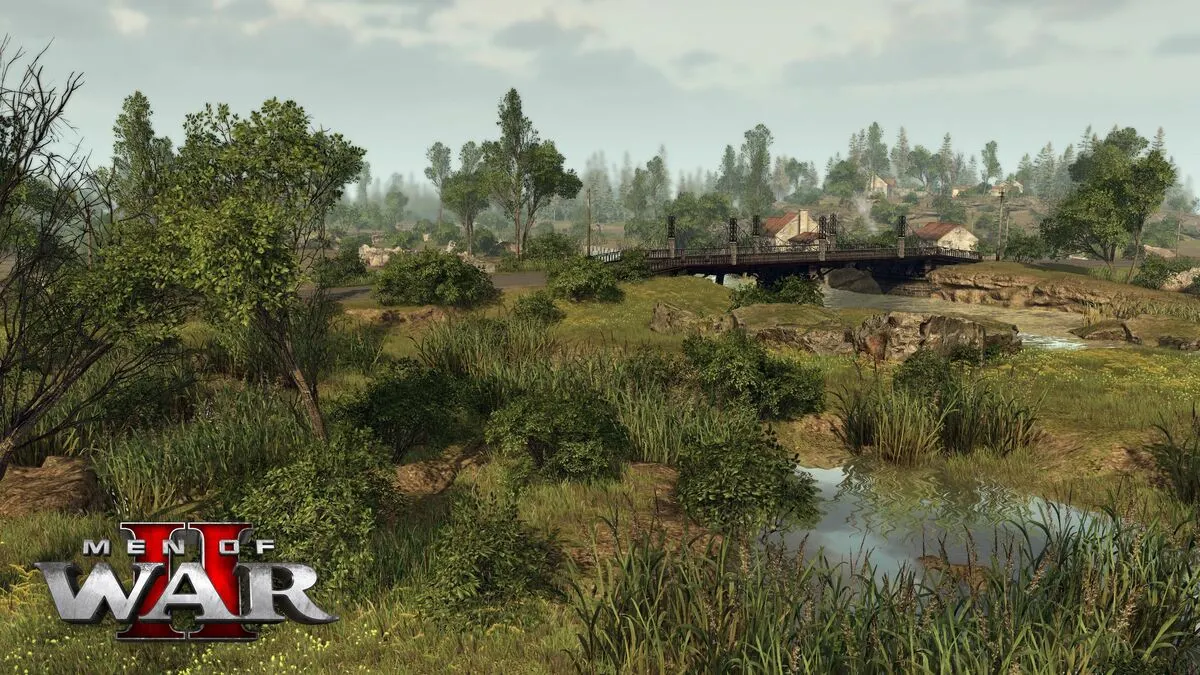
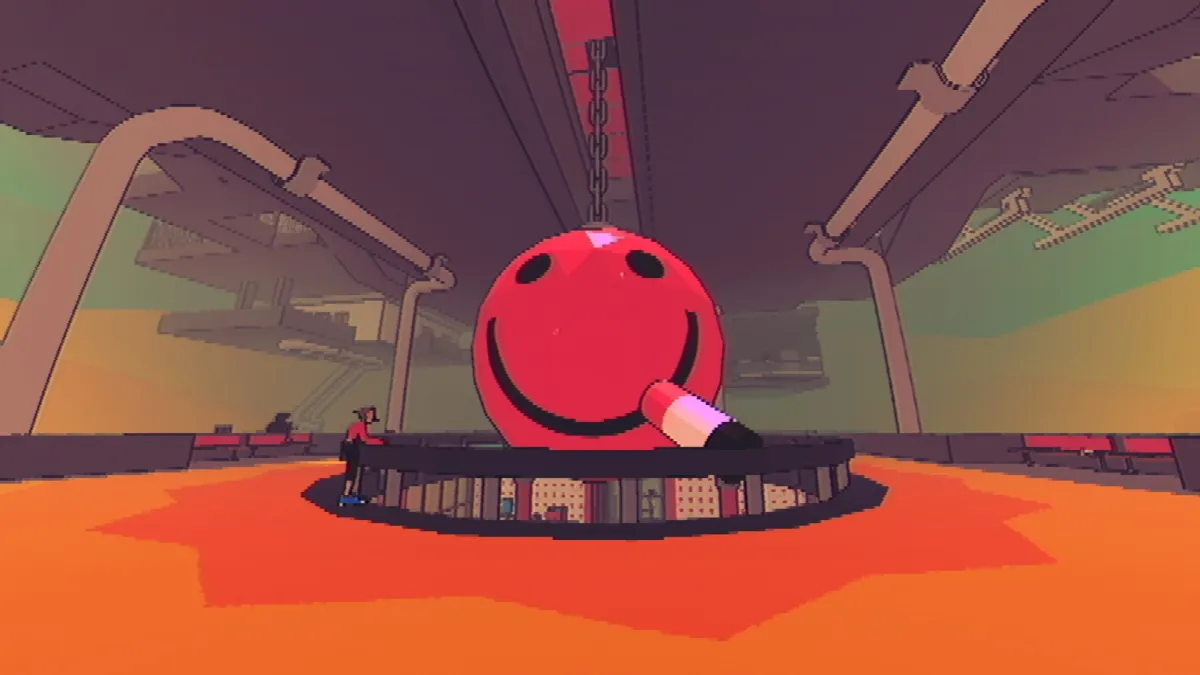
Published: Feb 11, 2015 07:57 pm